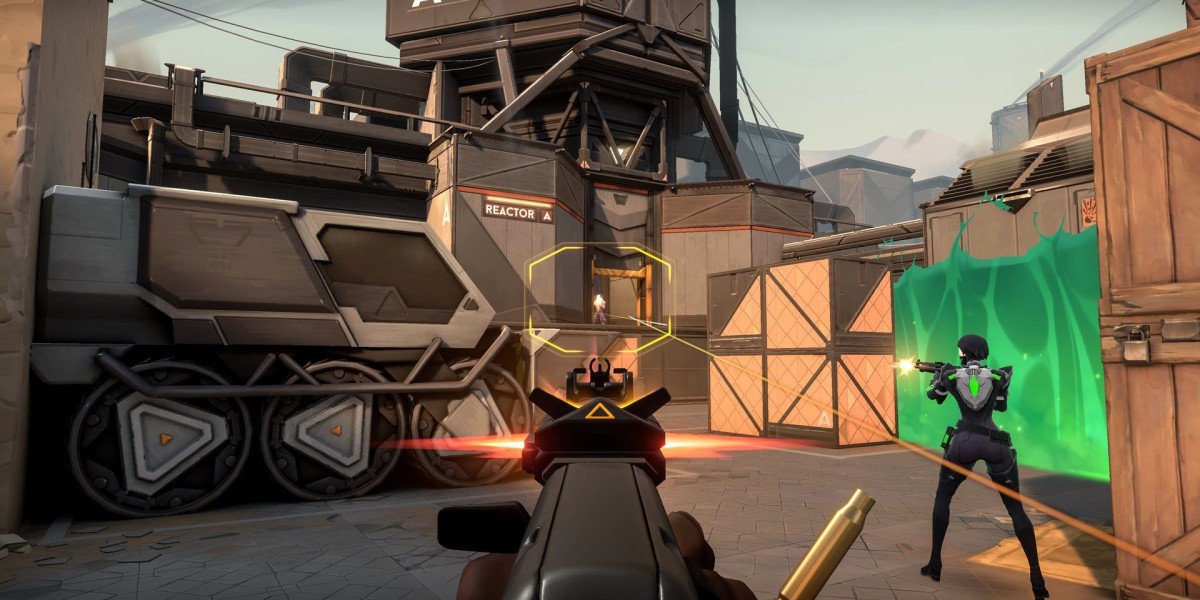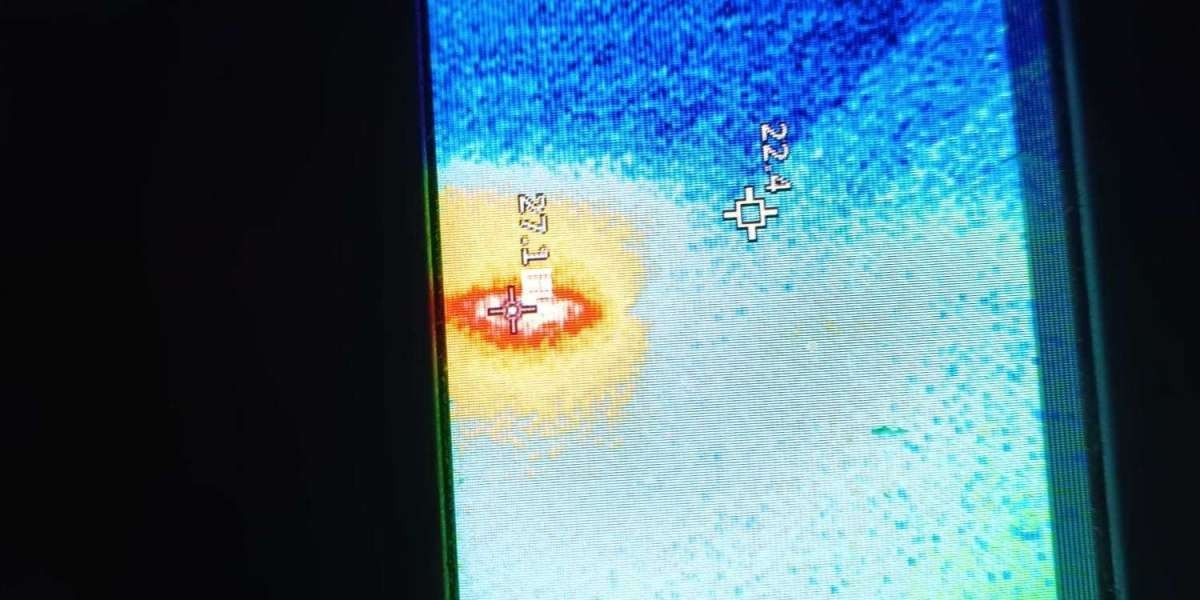Valorant stands as a titan in the competitive tactical shooter arena, renowned for its precise gunplay, diverse Agent abilities, and intense, strategy-driven matches. Maintaining balance within this intricate ecosystem is paramount to its success and longevity. Balance ensures that victory is determined primarily by skill, strategy, and teamwork, not by inherent advantages baked into the game's design or external factors. Achieving this equilibrium, however, is a constant, complex challenge influenced by a multitude of interconnected factors.
1. Agent Design and Ability Synergy: The heart of Valorant's uniqueness lies in its roster of Agents, each wielding distinct signature, basic, and ultimate abilities. The core balancing act revolves around ensuring no single Agent becomes overwhelmingly dominant ("must-pick") or completely useless ("throw pick"). Developers must scrutinize:
Power Level: Are abilities too impactful (e.g., overly lethal, too easy to get value from, excessively disruptive) or too weak? Abilities like smokes, flashes, recon, and healing need careful tuning to be effective without negating core gunplay.
Counterplay: Does every powerful ability have clear counter-strategies or vulnerabilities? Abilities that feel unavoidable or lack meaningful interaction frustrate players and disrupt balance.
Synergy and Composition: How do Agents work together? Overly synergistic compositions (e.g., specific Initiator/Duelist combos) can become dominant, while Agents who don't fit well into team structures can fall out of favor. Balancing requires looking at both individual power and team dynamics.
Role Fulfillment: Ensuring Controllers, Duelists, Initiators, and Sentinels each have viable and impactful options within their roles is crucial. An imbalance where one role becomes significantly weaker or stronger skews team composition and strategy.
2. Weapon Mechanics and Economy: Valorant's gunplay is famously precise. Balancing the arsenal involves:
TTK (Time-to-Kill): Ensuring weapons kill within expected ranges and scenarios. Guns that kill too quickly (making reaction impossible) or too slowly (feeling ineffective) harm the competitive integrity. The delicate balance between rifles (Vandal/Phantom), SMGs, shotguns, and sidearms is constant.
Recoil, Spread, and Movement Accuracy: How weapons handle during movement, spraying, and tapping defines their skill ceiling and viability. Overly forgiving spray patterns or excessive movement inaccuracy can make weapons feel random or unfair.
Economic Impact: The cost of weapons and abilities directly influences round strategy. Overpowered but cheap weapons (like the Sheriff in certain metas) or excessively expensive rifles can warp the economy, forcing predictable buys or creating snowball advantages. Balancing cost versus effectiveness is key to strategic diversity.
3. Map Design and Layout: Maps are the stage upon which balance is tested. Their geometry dictates sightlines, choke points, bomb site accessibility, and rotation times.
Site Balance: Ensuring both Attackers and Defenders have viable strategies and opportunities on each bomb site. Sites that are heavily Defender or Attacker favored lead to predictable, stale gameplay.
Choke Points and Flanking Routes: Too many narrow chokes favor Defenders and abilities like molotovs/smokes; too many open flanks favor Attackers and aggressive play. Finding the right mix encourages diverse strategies.
Verticality and Cover: The amount and placement of vertical levels and cover impact sightlines and ability effectiveness. Maps overly reliant on high ground or lacking safe rotation paths can create frustrating imbalances.
Rotation Times: The time it takes for Defenders to rotate between sites or for Attackers to reposition should allow for strategic counterplay without being so fast that map control is meaningless.
4. The Shifting Meta and Player Innovation: Balance isn't static; it's a living ecosystem shaped by the player base. Players constantly discover new strategies, optimal ability uses, and powerful compositions that developers may not have anticipated. A strategy deemed weak on release can become dominant months later through player ingenuity. Developers must monitor the evolving meta, discern whether shifts are healthy expressions of skill or exploitative imbalances, and respond accordingly with patches.
5. Skill Expression and Accessibility: Valorant thrives on its skill ceiling. Balancing involves ensuring mechanics reward precise aim, intelligent movement, and strategic ability usage. However, there's also a need for accessibility – abilities should provide meaningful utility without demanding impossibly high mechanical skill all the time. Striking this balance prevents the game from becoming solely the domain of elite aimers while ensuring skill is the primary differentiator.
6. The Network Factor: Understanding Game Ping: While primarily an external factor, network performance significantly impacts the perceived and actual balance during gameplay. What is game ping? Simply put, ping is the measurement (in milliseconds) of the time it takes for data to travel from your computer to the game server and back. High ping introduces delay between your actions (shooting, moving) and the server registering them.
Impact on Balance: High ping can distort core mechanics. Peeker's Advantage becomes more pronounced, making aggressive players harder to react to. Registration of shots can feel inconsistent – you might see your bullets hit on your screen, but the server, operating on delayed information, registers a miss. Defensive play, requiring quick reactions, becomes disproportionately harder. Abilities with timing components (like Sova's Recon Bolt activation) can be harder to utilize effectively. Essentially, high ping can make the game feel fundamentally different and less fair, undermining the carefully tuned balance achieved through Agent, weapon, and map design. Players experiencing issues might run a Valorant ping test to diagnose their connection quality to the servers.
7. Patch Cadence and Communication: How often and how effectively developers implement changes is crucial. Infrequent patches allow metas to stagnate; overly frequent patches prevent players from adapting and mastering the game. Clear communication about the reasoning behind changes (buffs, nerfs, map updates) fosters trust and helps the community understand the balancing goals.
Conclusion:
Valorant's balance is a high-wire act performed on a shifting tightrope. It requires constant vigilance and adjustment across multiple fronts: the intricate interplay of Agent abilities, the precise tuning of weapons and economy, the deliberate design of maps, the unpredictable evolution of the player meta, the need to foster skill expression, and even mitigating the disruptive influence of network latency. There is no single "perfect" balance state; it's a continuous process of observation, analysis, and refinement. Developers must weigh data analytics, professional play, and community feedback to make informed decisions. When successful, this process creates an environment where strategy, teamwork, and individual skill shine brightest, solidifying Valorant's position as a premier competitive experience. The moment any single factor – be it an overpowered Operator, an uncounterable ultimate, a Defender-sided map, or the pervasive disadvantage of high ping – tips the scales too far, the delicate competitive integrity that makes Valorant compelling begins to erode. Maintaining the balance is the ongoing price of its success.








